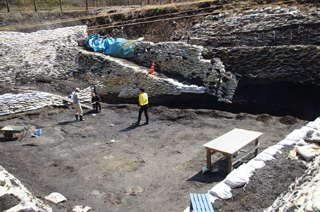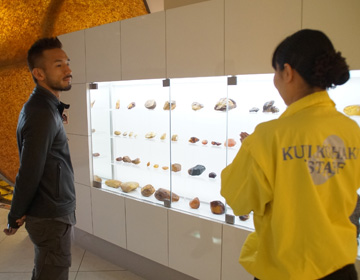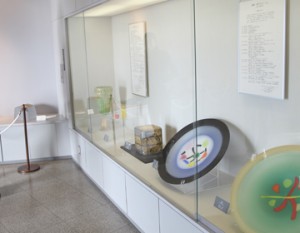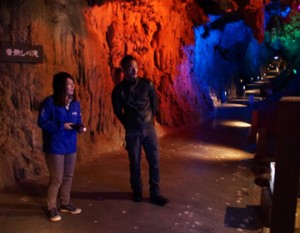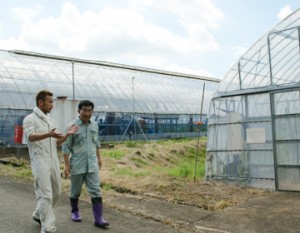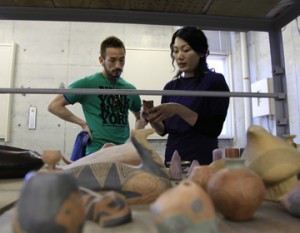The most famous Amber producing site in Japan
There must be many people who have heard of ”Kuji Amber” before. Kuji city has the biggest amber producing site in Japan, on the northern coast of Iwate. We visited ”Kuji Amber Museum” where they excavate, research, and exhibit amber.
Amber is a type of fossil that is the petrified resin of the trees that existed when the dinosaurs were alive several millions to billions of years ago. Normally when the plants are buried in the soil, the bacteria breaks down and carbonize the resin, and with time it is returned to soil so it is rare to see a fossil of plants. There are many places in the world where amber was discovered, and here in Kuji a lot of amber was discovered also. It is considered to have a huge reserve. Sometimes there are insects trapped in the amber and in recent years, there have been research extracting the DNA from the fossils which provides important information for the field of biology.
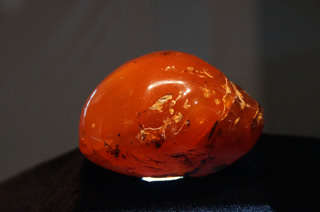
What color is Amber?
The 1st floor on the main building of the museum is an exhibition room called ”Message from the past”. You can learn about how amber is made within the history of the earth and see the exhibition of various ambers with gem stones and insects inside.
Here is a question. What color is amber?
In fact there are more than several hundred colors of amber. It is because the color changes depending on the type of the original tree. In Japan the term ”amber color” suggests a warm tone of yellowish brown, but in reality they have excavated clear, solid brown, or multi colored ones that are red, green, black and white.
On the 2nd floor on the main building of the museum, there is an exhibition room for ”Man and Amber”. It follows archeological and cultural aspect of when humans started using amber. Around the world, there have been amber products that were excavated from ruins that are older than 10 thousand years. In Japan, they have found ”magatama” balls made of amber from a ruin older than Jomon Period, 20 thousand years ago (Pre ceramic Age).
There are also studies on the stone balls that was excavated from a ruin in Nara from the Tumulus period (3 to 7 centuries AD) which were made from amber from the Kuji area. Amber mining became commercialized in Kuji area in the Muromachi Period and became controlled by Nambu Clan as their regional specialty in the Edo Period. In reality, amber has been cherished as a valuable item and was traded among the people since olden times.
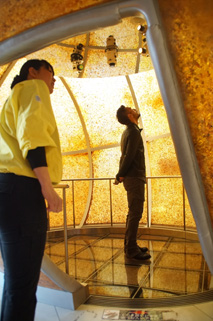
There are still many new discoveries
Within the museum, you can look at the mining trail that was used for amber mining and also experience digging the stratum from Cretaceous Period. Nakata also tried excavating with a staff from the museum. It was only for a short time but he dug out a small piece of amber.
There was a major discovery from this mining site in 2012. A boy who joined the excavation experience discovered a small fossil of bone. After further study at the research institute, they found out that it was a bone of a foot from a small carnivorous dinosaur. It was the first time that they found a carnivorous dinosaur in the Tohoku region, and they are paying attention to future excavation and research.
From old times, amber has been treated as valuable gemstones. At the Kuji Amber Museum, you can experience the charm of amber and feel the history of the past. And there may even be major discoveries that can change history.
